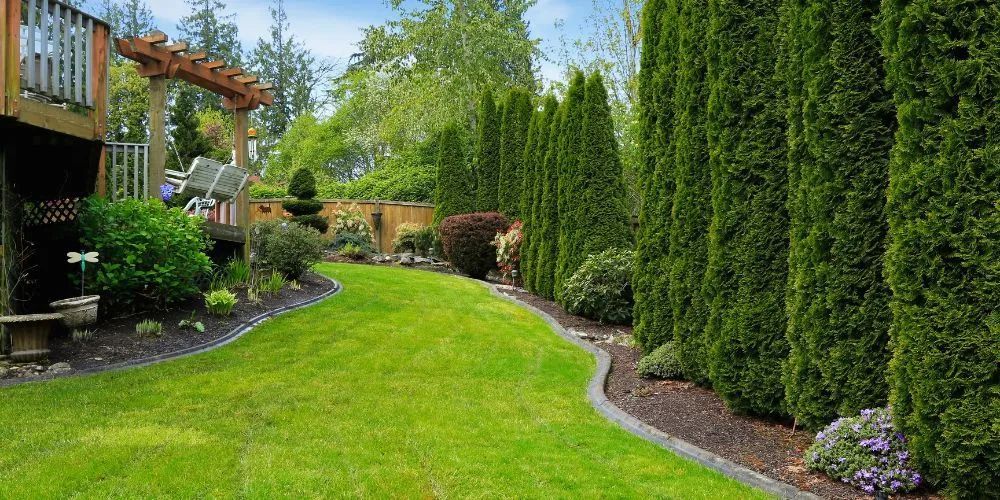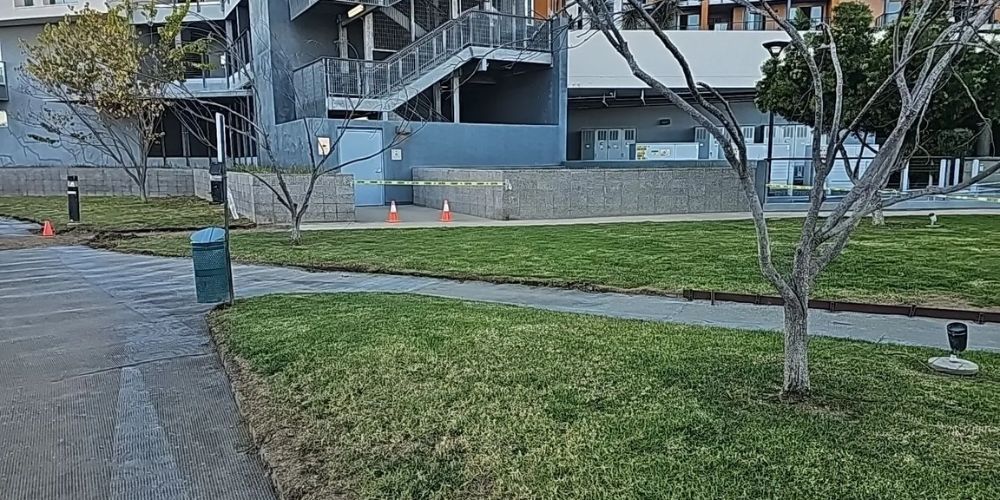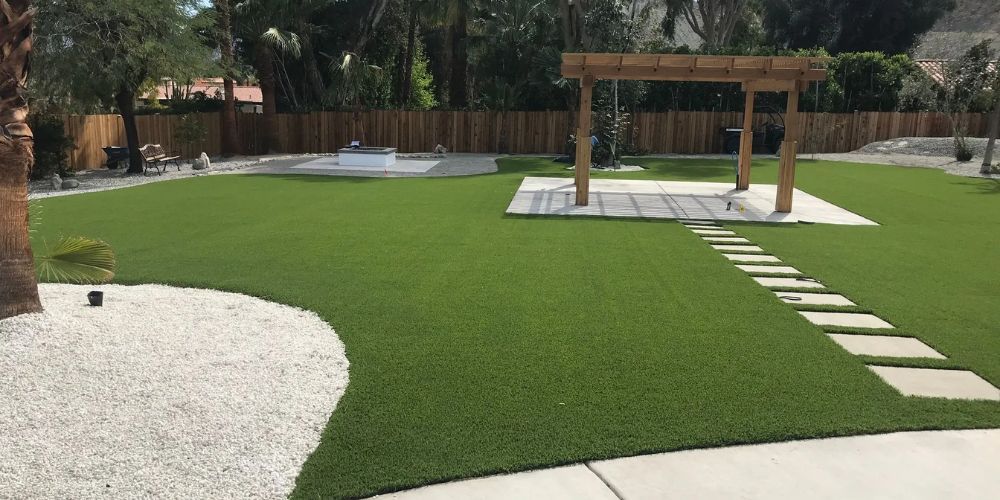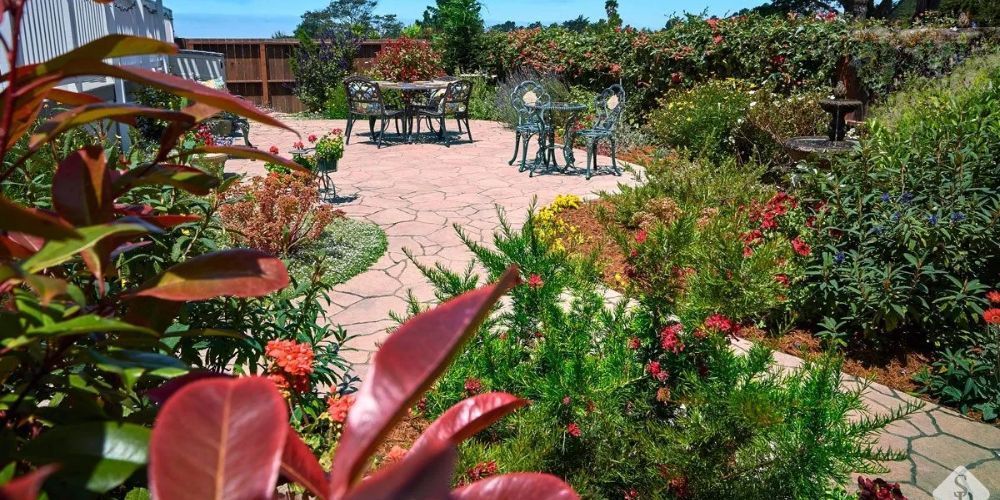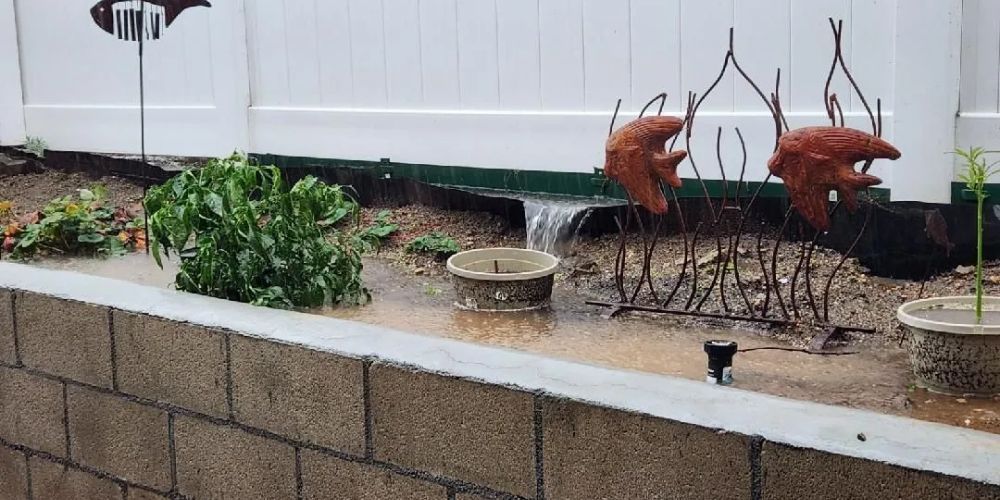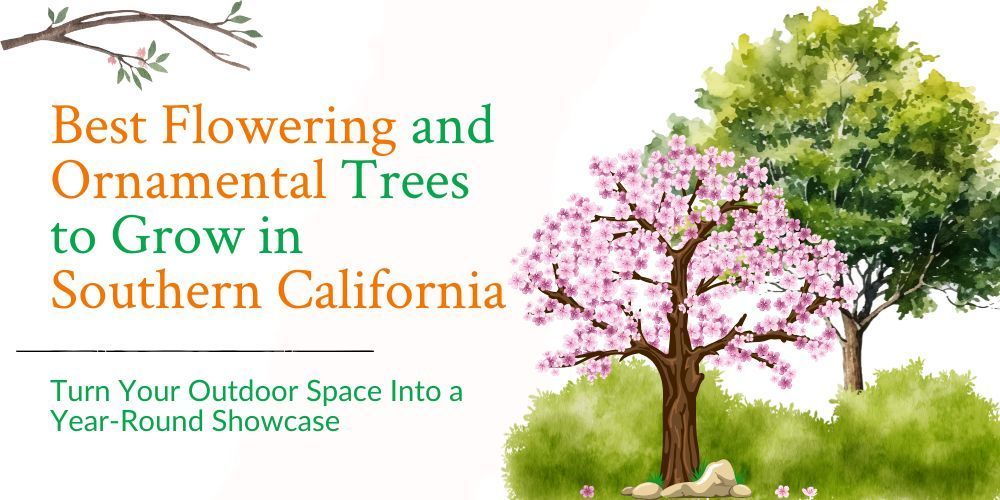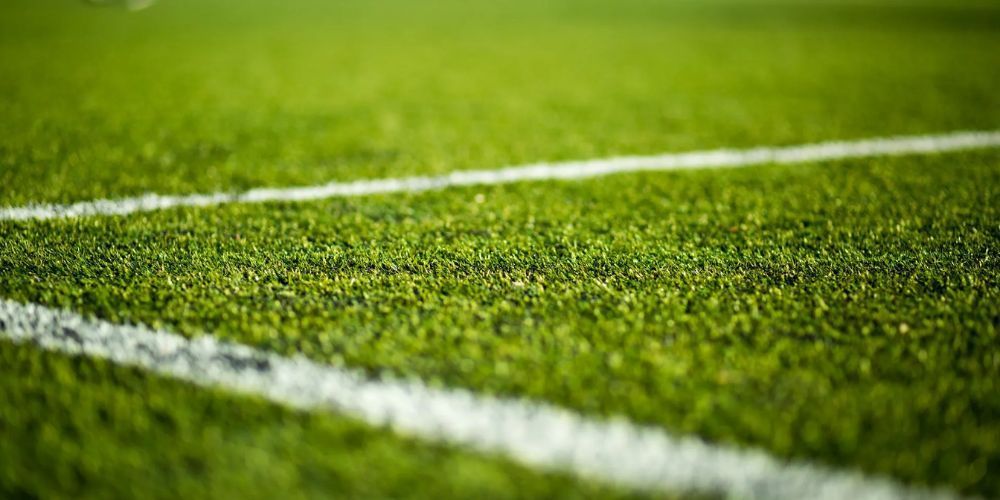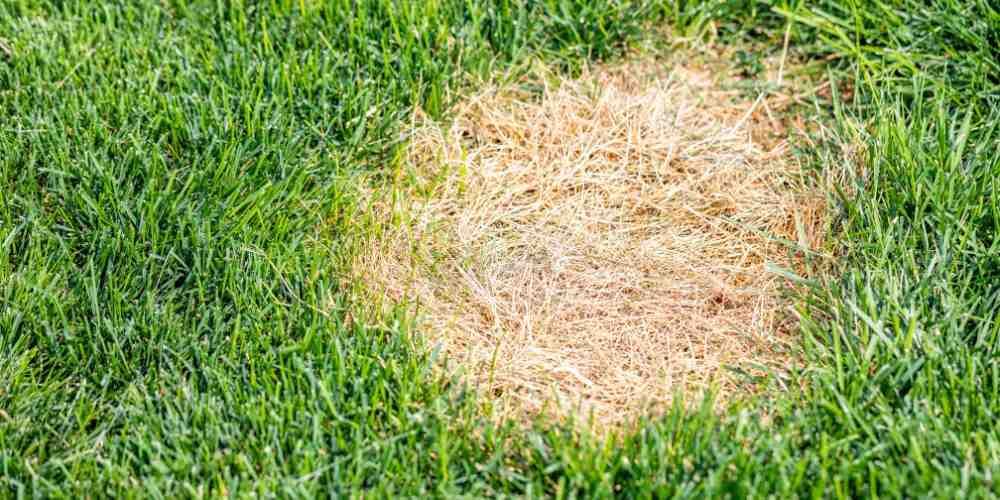Finding the Balance in Your Landscape Design
Aesthetic landscapes must also be functional, so there's a need for more than a bunch of trees and shrubs. One of the fundamental principles of achieving a harmonious outdoor space is balance. But what do we mean by balance in landscape design, and why is it such an important principle?
What is Balance in Landscape?
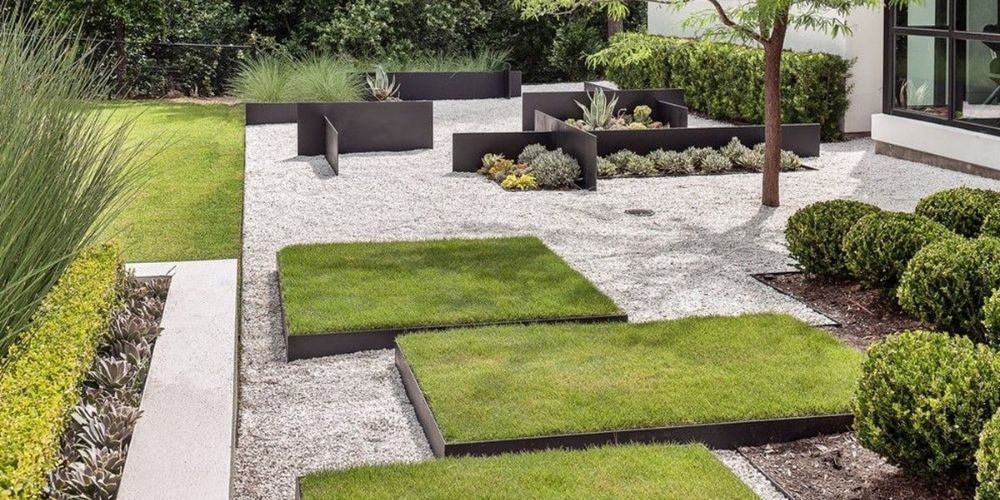
Balance in garden design means making sure that the visual weight is evenly distributed throughout your outdoor space. This creates a sense of harmony and unity without any one element standing out too much. This can be accomplished by tactically utilizing diverse plant substances, configurations, walkways, and attributes of various hues, forms, and dimensions. There are two kinds of balance - symmetrical and asymmetrical, each providing a distinct visual appeal.
Symmetry Balance vs. Asymmetry Balance
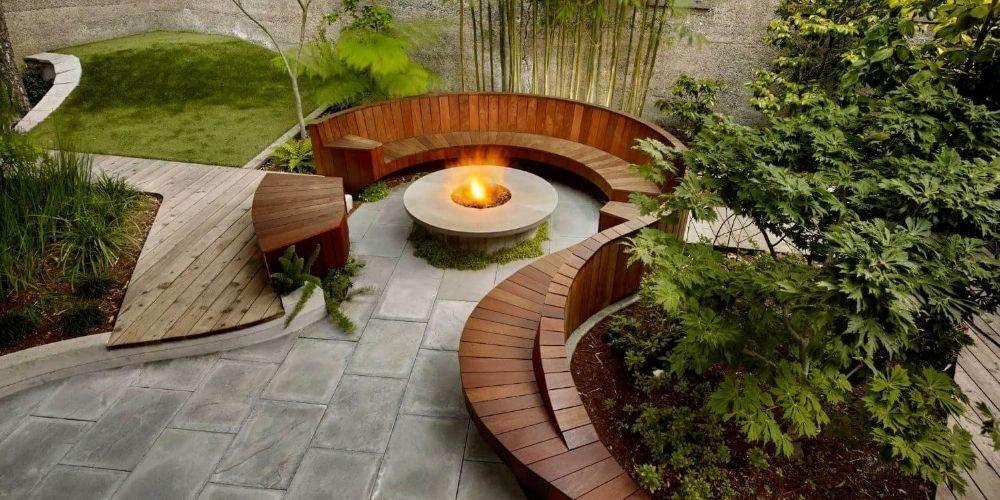
Landscape designs generally fall into two broad categories of balance: symmetrical and asymmetrical. Symmetrical balance lends a formal, structured appearance and is frequently employed in traditional garden designs or expansive landscape projects to convey a sense of magnificence. This balance is achieved by dividing a design down the middle and creating a mirrored image, akin to the wings of a butterfly.
Conversely, asymmetrical balance implies that the visual weight is not equally distributed, yet the elements should still maintain a sense of equilibrium. This balance type is predominantly used in garden designs with a naturalistic theme, as nature seldom exhibits features of perfect balance.
Asymmetrical balance can be realized through irregularities in elevation or texture, combined with variations in color or shape, or it can be created through landscape movement using diagonal lines. Despite its complexity, the result can be stunning and highly attractive.
Why is Balance Important in Landscape Design?
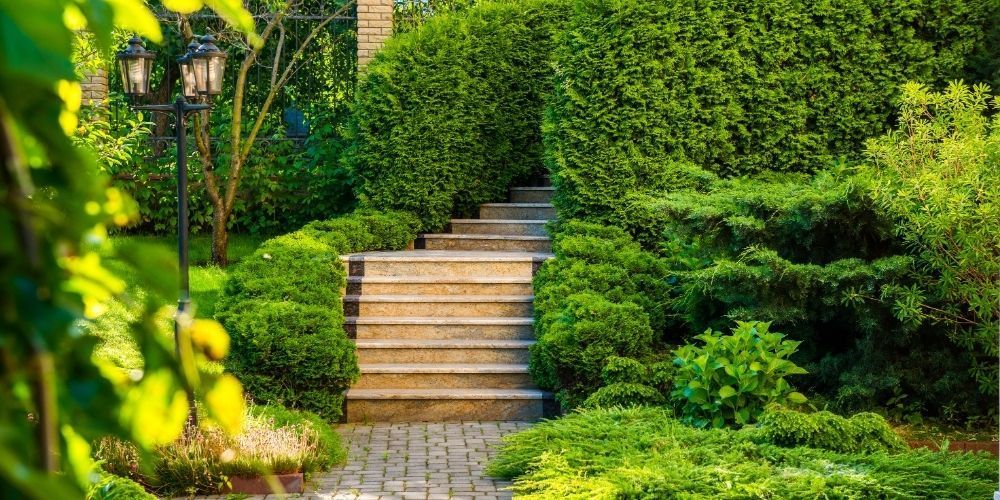
Balance is, in fact, an essential aspect of landscape design, for it influences the feel or perception of a space. When balanced, the landscape helps give a pleasing and inviting outlook, assisting visitors to feel comfortable and at ease. On the other hand, an imbalanced landscape could make one feel uneasy because of clutter, with elements competing in the space. It happens when inexperienced designers try to include fewer plants and hardscape elements in a small area.
A good landscape should feel like a peaceful place, with balanced design elements and visual weight. It creates an environment that is visually pleasing and promotes relaxation and comfort. It's a place where you can unwind and enjoy the beauty of the surroundings without feeling overwhelmed. Balance further helps to carry purpose or intent in the landscape; for example, balance in a pathway or garden bed helps to move visitors or point them out toward different plants and features that enhance the overall experience.
Read more: Enhance Your Outdoor Living Space with Softscapes
The Five Elements of Landscaping
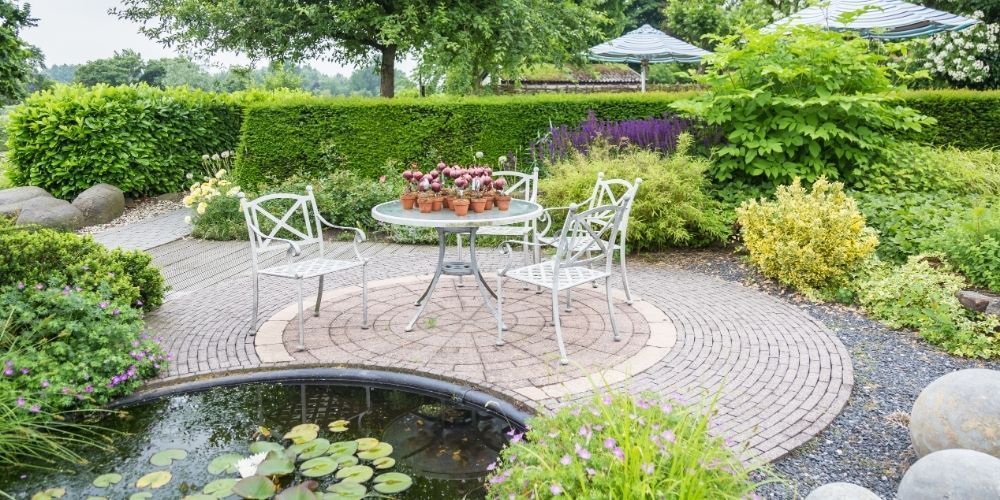
The five essential landscaping elements are color, line, texture, form, and scale. Understanding these elements is critical to creating a balanced landscape.
- Color: Color brings depth, extends interest, and allows for seasonal diversity within a landscape. It refers to flowering plants and paving, retaining walls, fences, and mulch. Using color strategically enhances visual interest in your landscape year-round.
- Line: Lines in landscaping pertain to hardscape and softscape elements, but usually the structural features of flower beds, walkways, and the lines of the perimeters of patios, hedges, and arbors. The use of lines can direct attention to a specific area and add to the overall formality or informality of the design.
- Texture: Texture is a critical element of a good design. Plants contribute texture with their leaves, bark, flowers, and branches. Aggregates, mulch, pavers, and retaining walls also add texture. Incorporating these different texture elements is one way to achieve visual interest.
- Form: The form is the shape of plants or structural objects. Forms in formal gardens are tailored and manicured with noticeable lines; other shapes in informal gardens are found more in a natural form, not groomed heavily.
- Scale: Scale is the ratio of the size of garden features to a home or the degree to which it surrounds a house. Garden elements should relate in size to the home and landscape. Smaller homes might mandate more minor features, whereas larger homes can accept more significant elements.
While understanding landscape design elements is essential, it can be complex. If you find yourself struggling or feeling overwhelmed, it might be beneficial to seek the expertise of a landscape design professional. They can help you navigate the intricacies of balance and bring your vision to life in a beautiful and balanced way.
Conclusion
The art of landscape design, while seemingly straightforward, presents a nuanced challenge. It necessitates the meticulous orchestration of aesthetics and functionality. An ideal landscape should be both visually captivating and serve the intended purpose.
Landtech Scenery stands ready to help you realize your vision for a remarkable outdoor space. Their expertise lies in crafting personalized landscapes that embody your unique style. The artful integration of plants and textures with hardscape elements creates stunning and functional environments that will bring you lasting pleasure.
